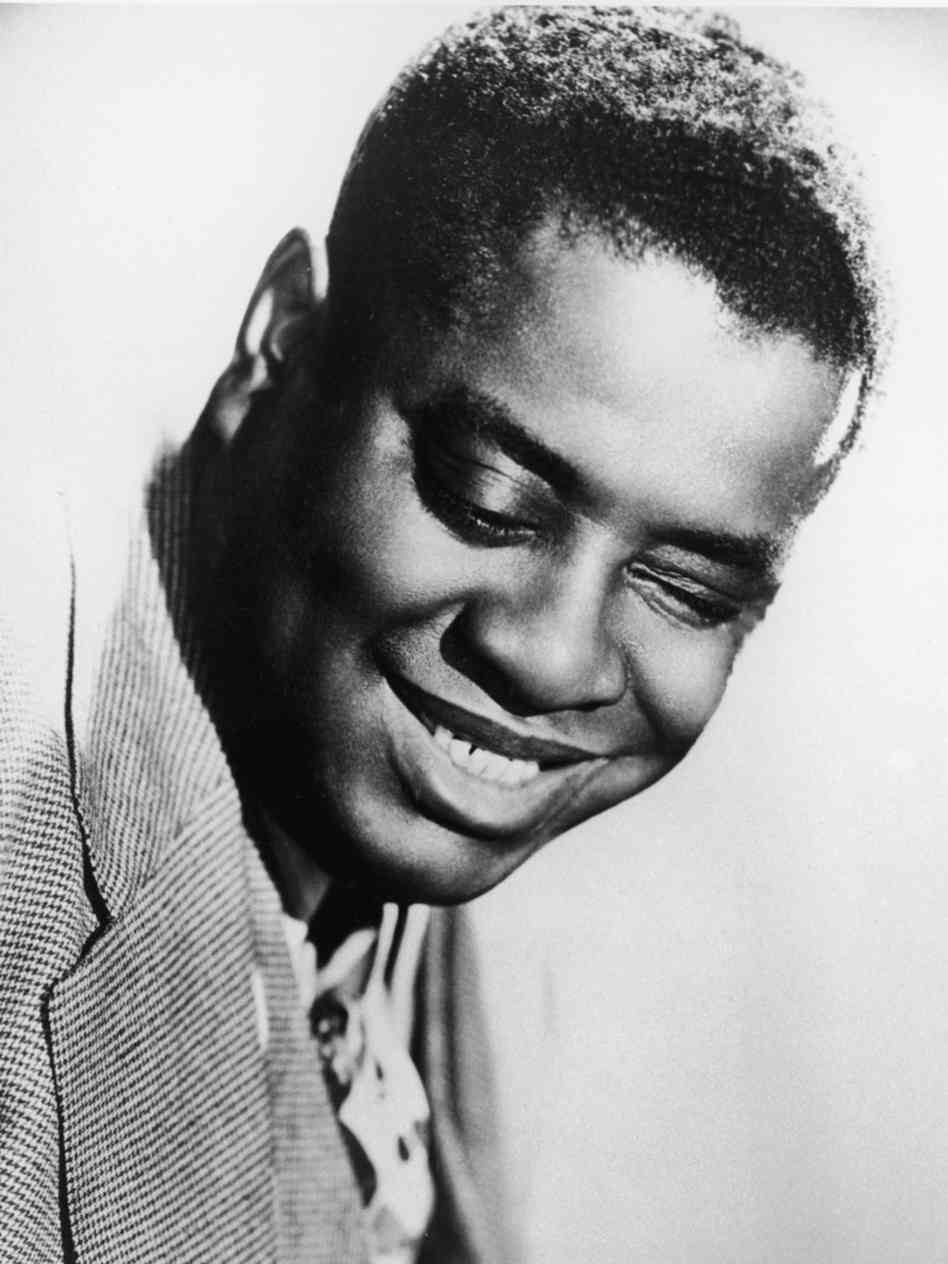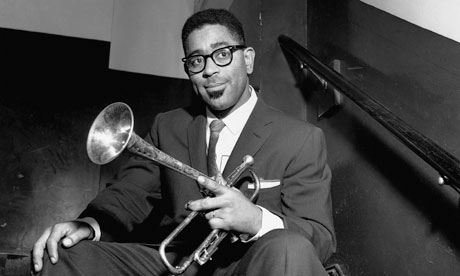
Art Tatum was a jazz pianist and virtuoso who was nearly blind. He is acknowledged by many to be one of the greatest pianists of all time, revolutionizing the role piano played in jazz. Tatum drew upon stride piano to build up a style uniquely his own, playing with swinging pulse and futuristic improvisational abilities. His approach to jazz music completely changed the way piano was played: He reharmonized melodies by altering the underlying chord structure, used innovative chord extensions, and dissonance to his benefit. All of these were characteristics of bebop music, happening some 10 years before the first bebop records were even made. He was noted also for having exquisite technique, to a point where he was able to play some of the most difficult passages at high velocity, and still present the illusion that he was hardly moving his hands.

Some of the most complex and dissonant harmonies can be found in the repertoire of pianist and composer Thelonious Monk, one of the most important contributers to bebop music. His somewhat eccentric persona also helped popularize jazz. Known for his “hip” style in suits, hats and sunglasses, Monk, in essence, personified the uniqueness and idiosyncrasy that was his music. His novel, improvisational approach helped to create a plethora of jazz standards like “Epistrophy,” “Blue Monk,” “Straight, No Chaser,” “I Mean You,” and “Well, You Needn’t.” Monk’s style was commonly characterized by his innovative approach to piano playing which included percussive attacks and abrupt pauses. He often got up from the piano during performances and danced a bit while the other members of the band continued playing. Thelonious Monk remains one of the most celebrated and renown pianists in any genre.

American jazz trumpet player, singer, composer and bandleader, Gillespie was very significant in the development of bebop and modern jazz. His trumpet playing influenced such players as Miles Davis, Clifford Brown and Fats Navarro. After spending time in Cuba and coming back to America, Gillespie also greatly helped in the advancement of Afro-Cuban Jazz. He was characterized by his horn rimmed glasses, bent trumpet and uniquely puffy cheeks when playing. A great improviser, Dizzy added a certain layer of harmonic complexity to his music, something previously unknown in jazz. Songs like “Salt Peanuts” and “Goovin’ High” were very different, both harmonically and rhythmically, when compared with the sounds of his contemporaries. Remaining true to bebop his entire career, Gillespie is remembered as one of the most influential trumpet players in history.

Max Roach is considered to be one of the greatest drummers in history, and was a renowned bebop pioneer. He is, along with a select few, essentially responsible for the modern style of jazz drumming. Roach was also involved greatly in the Civil Rights movement, creating an album with Oscar Brown Jr. and Coleman Hawkins called “We Insist! – Freedom Now,” commemorating the 100th anniversary of the signing of the Emancipation Proclamation. Roach performed with amazing style, able to play entire shows solo, showing that, given his incredible skill, he could play and completely satisfy an entire audience while fulfilling the requirements of a solo performance. Roach, completely in-tune with the bebop scene, played with artists like Clifford Brown, Miles Davis, Charlie Parker, Dizzy Gillespie, Duke Ellington and Charles Mingus, ensuring a vibrant and successful career.
.jpg)
“Lady Day” was perhaps the most exceptional popular music singer of the 20th century. She wrote few songs, but when she sang, she took on a deep, personal and intimate approach. Her vocal style and intonation was inspired greatly by the sound of the instruments she heard and was filled with a profound intensity. In that manner, she developed a new style, incorporating the manipulation of phrasing and tempo. Her recording of the song “Strange Fruit” is considered one of the most important songs in history, because of it’s powerful theme and topic, and because of Holiday’s powerful performance. She received multiple posthumous Grammy Hall of Fame awards and Grammy Best Historic Album awards for her work. Although her delivery may have been somewhat thin and her range fairly limited, there is no doubt that her voice was more powerful than any at the time could have hoped to be.
.jpg)
John Coltrane is virtually synonymous with the word “cool.” At the forefront of hard bop, Coltrane, a composer and saxophone virtuoso, made serious headway into becoming one of the most important figures in jazz music. Coltrane had a harsh, strident sound and played with extreme intensity. He was able to solo and improvise with astounding power, creating “sheets of sound.” Playing tenor and soprano sax, Coltrane could either play with a smooth melodic sound, or an unmatched intensity. His compositions, along with Miles Davis, helped redefine be-bop, with the introduction of modal harmony, and the “Coltrane Changes.” Coltrane, a figurehead of avant-garde jazz, was also prolific in his recordings, making about 50 albums in his career as band leader. He has been recognized extensively, with an induction in the Downbeat Jazz Hall of Fame, a Grammy Lifetime Achievement award, a Grammy for “Best Jazz Solo Performance,” and a church which worships him as a saint.